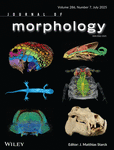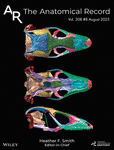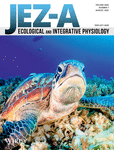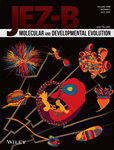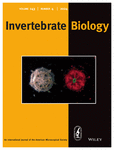Journal list menu
Export Citations
Download PDFs
ISSUE INFORMATION
RESEARCH ARTICLE
Comparative 3D-anatomy of Appendicularian Endostyles (Tunicata, Chordata) - A Tale of Reduction
- First Published: 28 June 2025
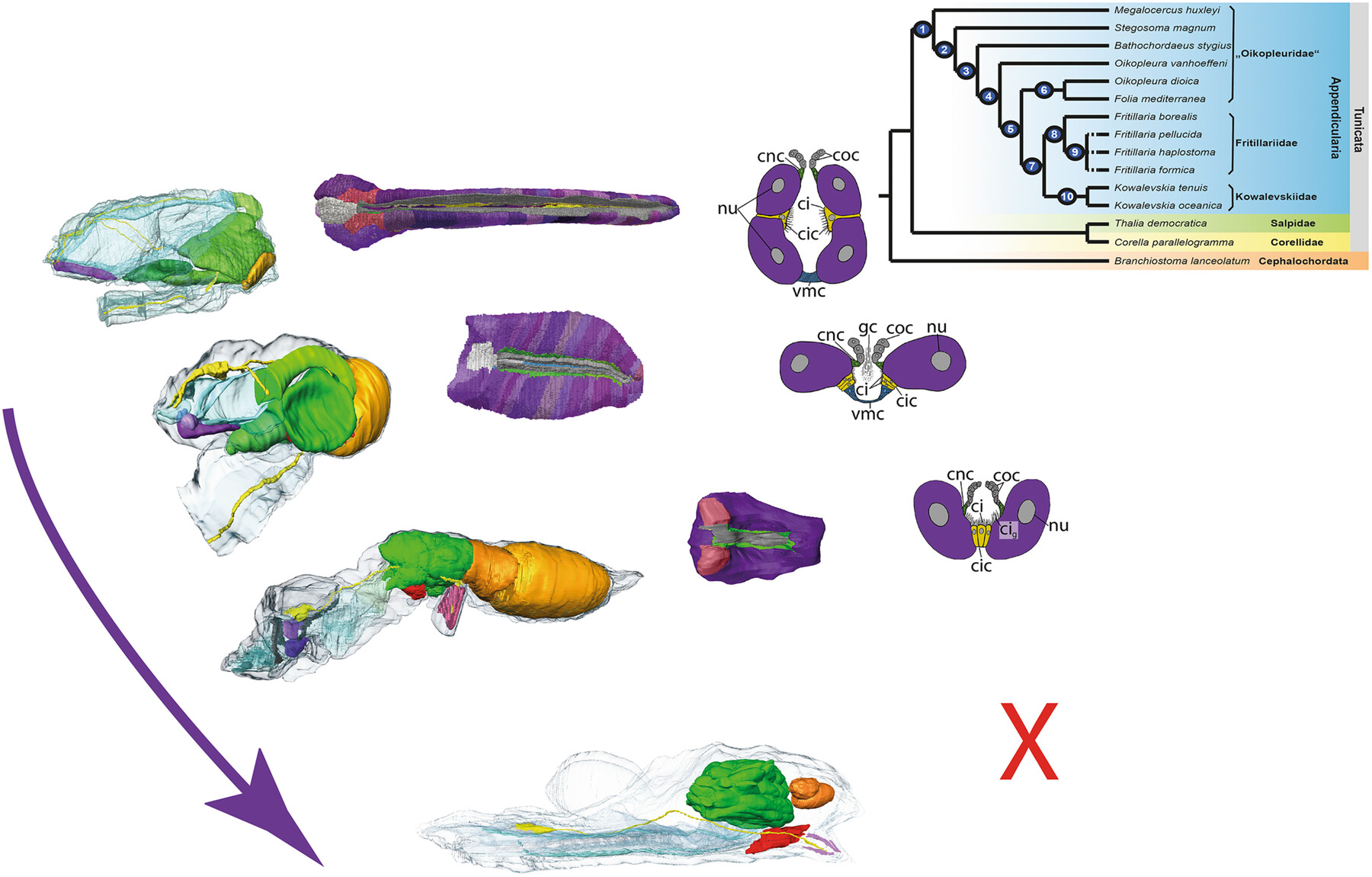
Appendicularia are chordates that possess endostyles, a pharyngeal gland homologous to vertebrate thyroid. Here, we describe the detailed 3D-anatomy of endostyles based on light- and electron microscopy. We identified seven cell types arranged in specific patterns. We propose a phylogenetic hypothesis that suggests an evolutionary scenario with multiple reductions functionally related to the evolution of the external filter house of appendicularians.
Multimodal Analysis of Giant Anteater (Myrmecophaga tridactyla) Femorotibiopatellar Joint Anatomy: Macroscopic, Radiographic, and Ultrasonographic Findings
- First Published: 05 July 2025
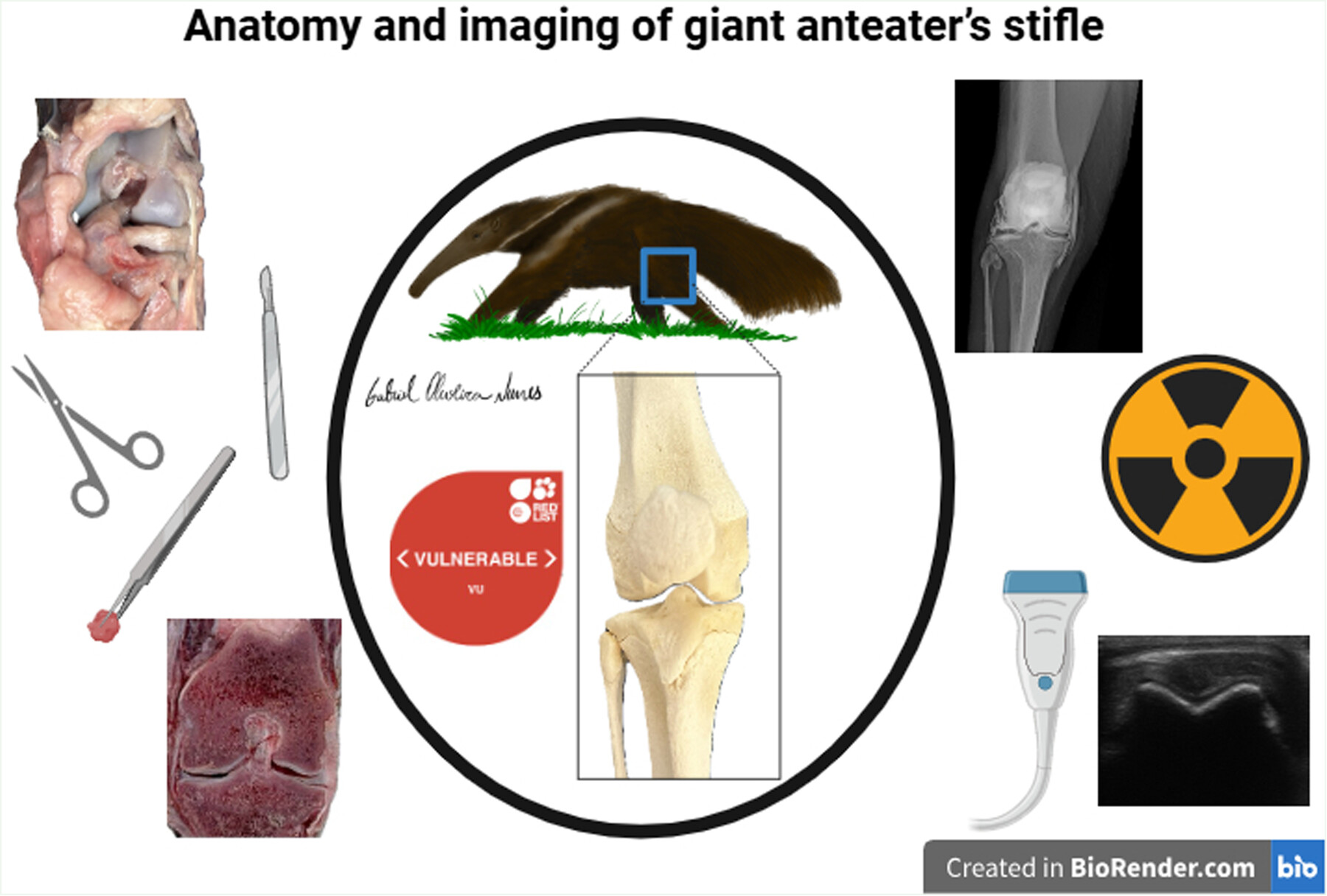
This study enabled a detailed anatomical description of the soft tissues of the stifle joint in the giant anteater, highlighting its unique characteristics, and allowed for their diagnostic evaluation through imaging modalities (radiography, arthrography and ultrasound), as well as comparative analysis with domestic species and humans.
External Morphology of Leporinus oliveirai (Characiformes: Anostomidae) During Early Life Stages
- First Published: 11 July 2025
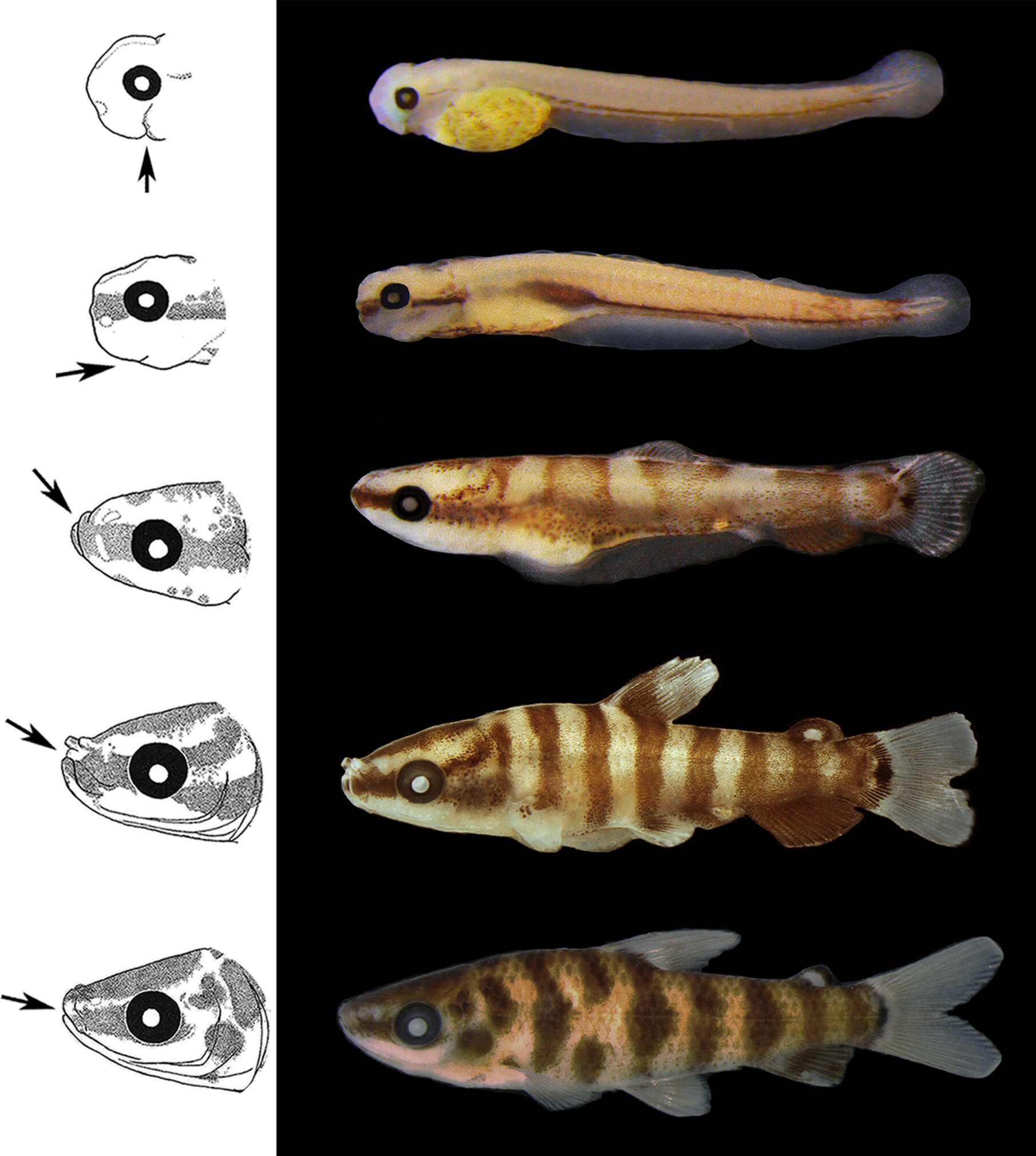
Herein, we describe the early development of Leporinus oliveirai, a recently described species, documenting its external morphology with photographs and illustrations. The ontogeny of L. oliveirai is compared with other anostomids and developmental patterns are described for the family. In Anostomidae, the critical processes associated with the transition to exogenous feeding occur within the first 5 days post-hatching, the sequence of fin ossification is consistent with patterns described for other Characiformes and a marked increase in growth rate and allometric growth were observed following notochord flexion.
Morphological and Histological Variations of the Reproductive Organs During the Annual Cycle in a Neotropical Bat: Peters' Ghost-Faced Bat Mormoops megalophylla (Chiroptera: Mormoopidae)
- First Published: 15 July 2025
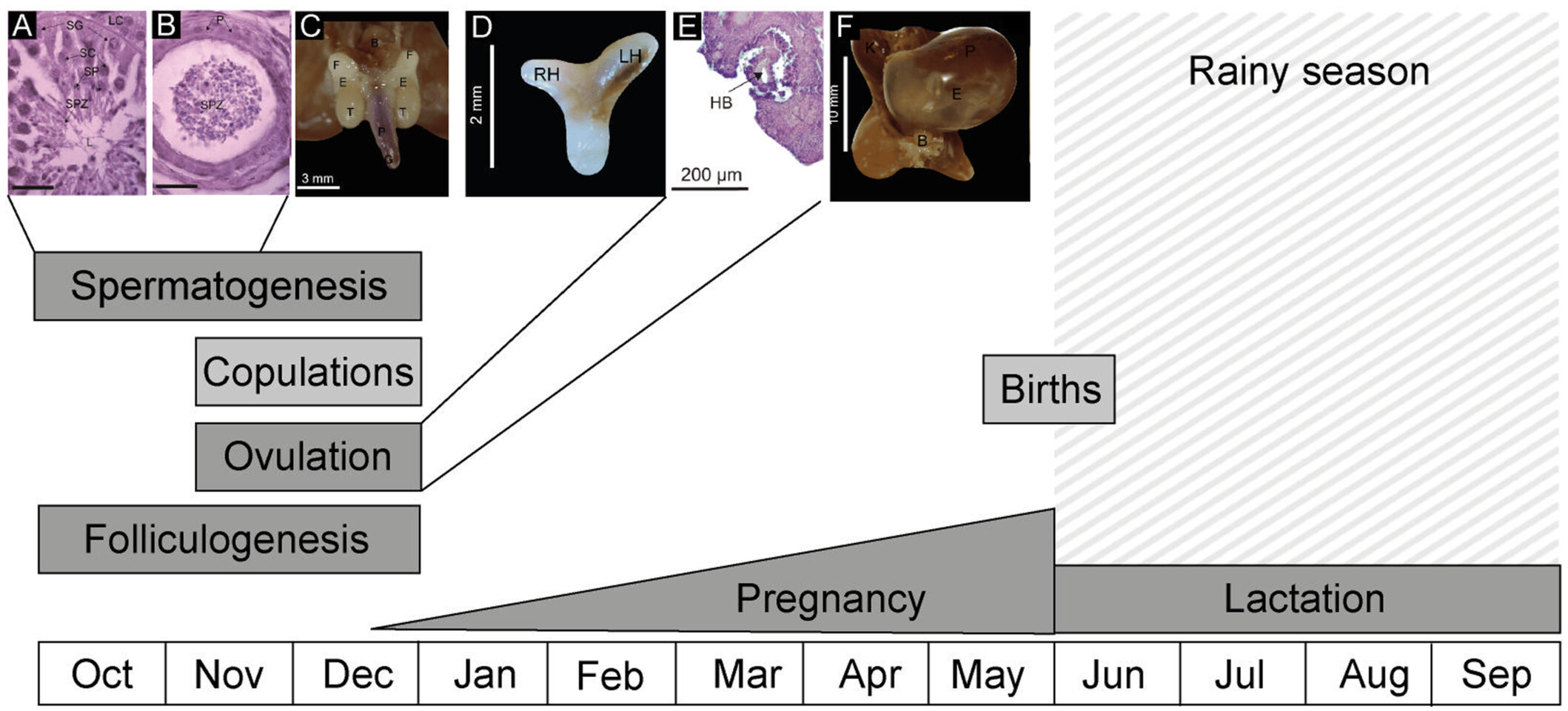
Mormoops megalophylla exhibits a seasonal monoestrous reproductive pattern. Spermatogenesis and folliculogenesis occurs from October to December, mating takes place in November–December, gestation lasts from December to May, and lactation extends from June to September. Birth and lactation coincide with the rainy season, aligning with the reproductive strategies of Neotropical bats.
Pectoral Girdle and Forelimb Muscle Reconstruction in the Basal Therizinosaur Falcarius utahensis From Central Utah
- First Published: 19 July 2025
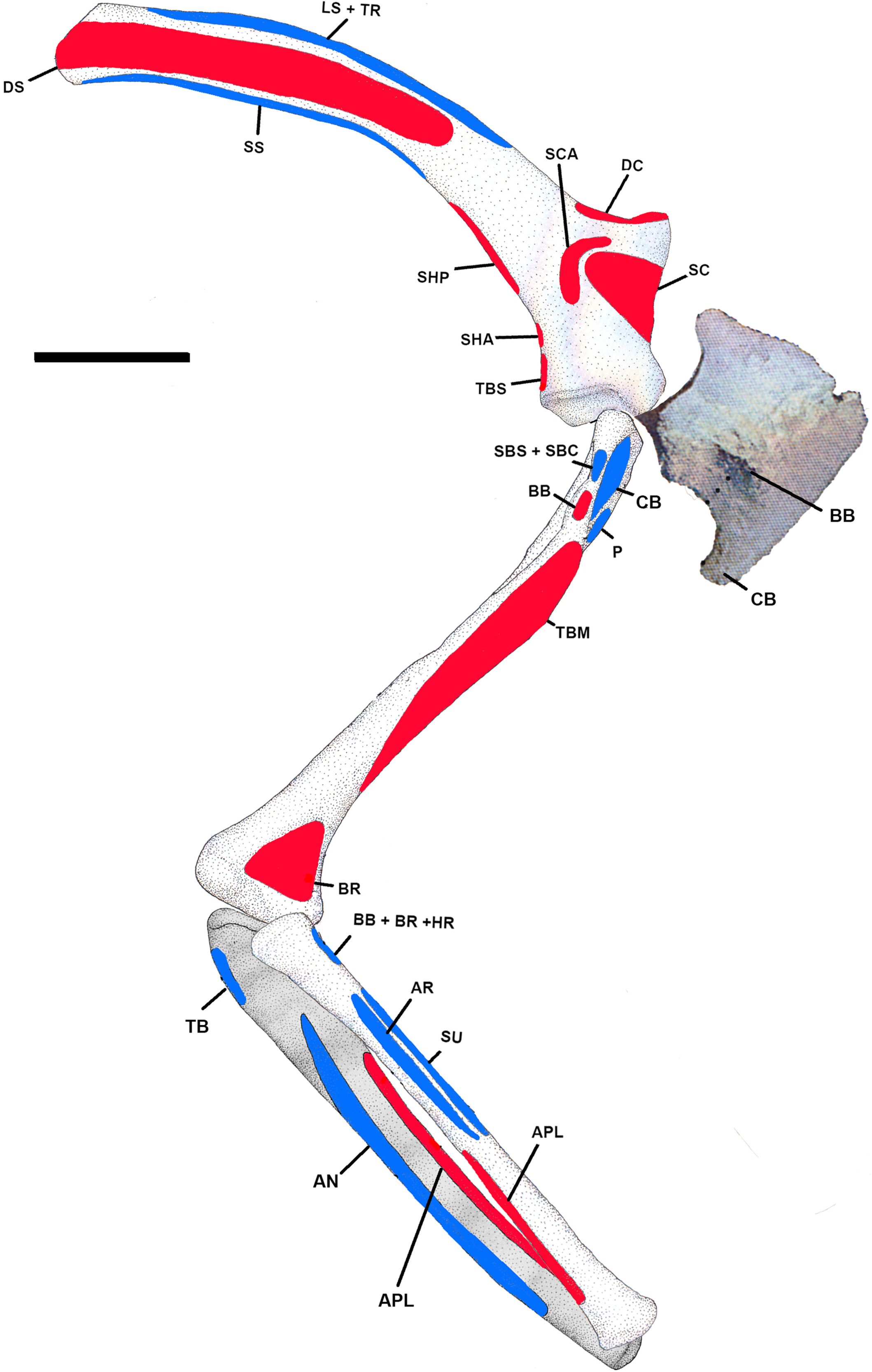
This paper outlines a reconstruction of the forelimb musculature of the basal therizinosaur Falcarius utahensis. This species is regarded as possessing a plesiomorphic forelimb for therizinosaurs and so provides an initial starting point for the clade. Derived therizinosaurs often possess exaggerated unguals, presumably with altered musculature to accommodate them, but these changes have yet to evolve. The coracoid is modified. from Zanno (2006).
The Mesosoma of Protanilla (Leptanillinae) and the Groundplan of the Formicidae (Hymenoptera)
- First Published: 22 July 2025
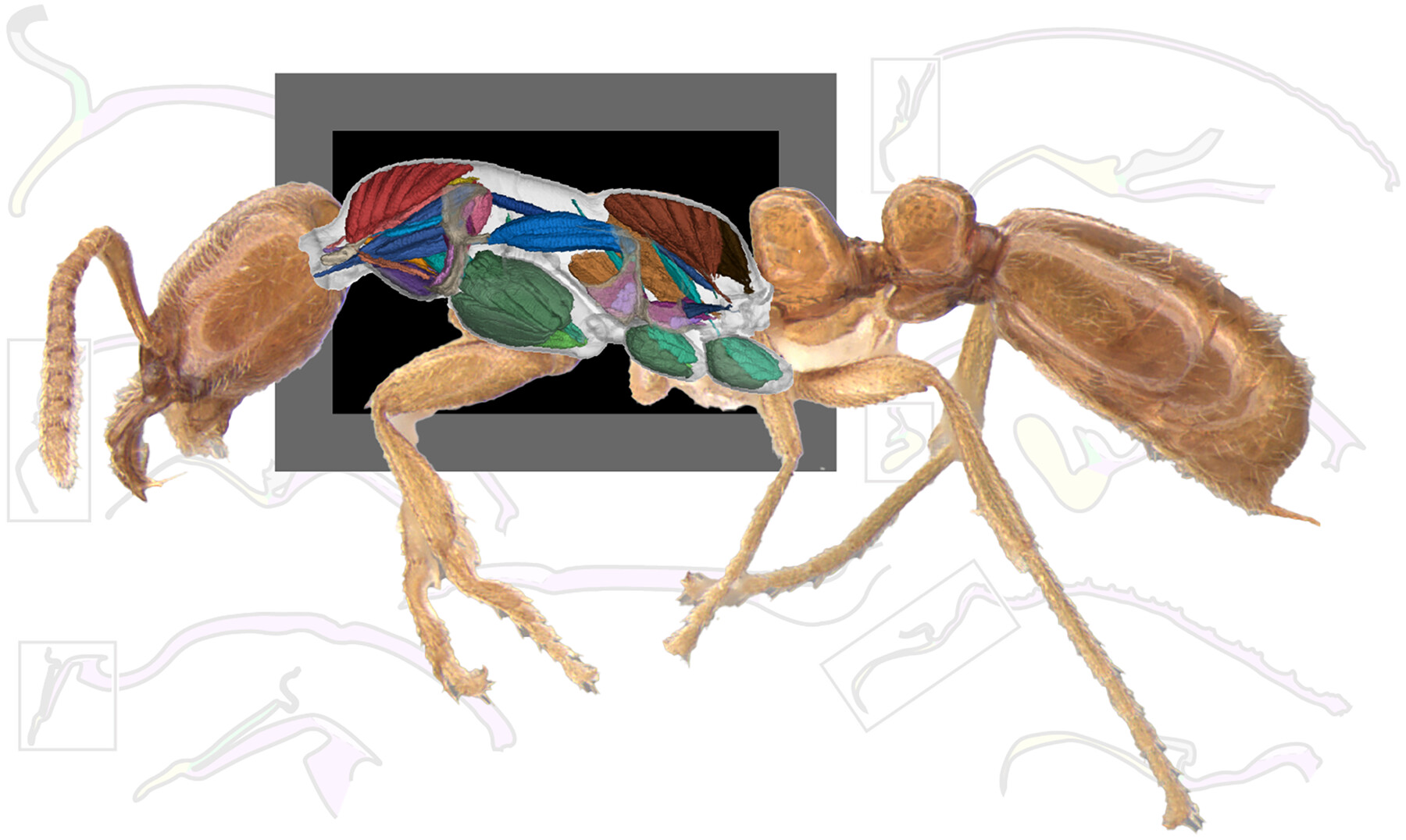
Phenomic investigation of the mesosoma of Protanilla lini reveals groundplan features of the ants and raises new homology questions for future investigation, both within Formicidae and across Aculeata. Special highlights include refined definition of the pronotum, complex discoveries of the promesothoracic articulation, and a new perspective on and terminology for the metapleural gland region.




